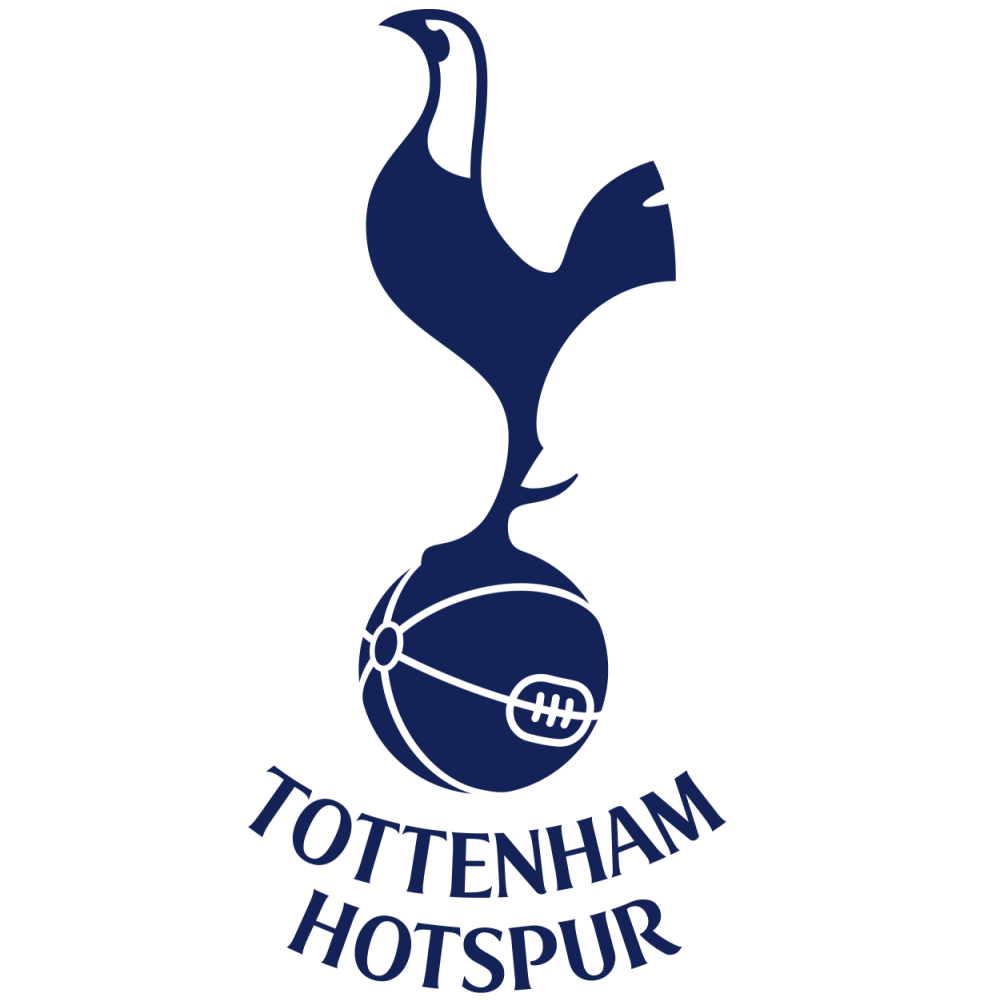The FIA have adjusted penalties and the way in which these will be applied to Formula 1 grids in 2019, in the hope that this will encourage penalised drivers to come back and qualify.
In 2018, the FIA set out that drivers with more than 15 places of power unit grid penalties, go to the back of the grid.
When this would affect more than one driver, the directive followed the order in which the offence took place.
This led to often nonsensical scenarios in which drivers would leave their garages prior to the start of first practice, and park at the end of the pitlane, with their engines off.
This would get the driver a position ahead of anyone else joining the queue after them.
To stop this in 2019, penalised drivers will now take their place on the grid, in turn, and in line with the order in which they qualified.
This attempts to incentivise competitive times in qualifying, rather than making merely token appearances in Q1 and saving on tyre rubber.
The FIA have also set out that drivers outside the 107% rule and given a start, will be put at the back in any case, and behind drivers with power unit penalties.
A further tweak to regulations confirmed at Wednesday’s World Motor Sport Council Meeting will let unlimited CFD simulations be undertaken for the upgrading of cars in accordance with 2021 regulations.
This has been undertaken already by teams looking ahead to further regulations, and is attributable to the need to give feedback in helping F1 and the FIA configure 2021 regulations.
Other adjustments include the need for teams to make sure that fuel-handling procedures are the same at both testing and races.
Since the fire at the Williams garage during the Spanish Grand Prix in 2012, precautions including the use of protective equipment and dry-break couplings have been ruled, but FIA observers are aware that such procedures have not always been brought to bear in testing.
After the safety car returns to the pits, new rules also direct that competing cars on the control line need to be held under yellow flag conditions.
Given that no overtaking was permitted in these circumstances, green flags had been displayed on the track when the safety car got back to the pits, resulting in a “mixed message” that the FIA has now looked to address.
Safety car boards will now be withdrawn although yellow flags will still be shown, with green flags and green lights only being visible to leaders at the line.
Other minor tweaks to F1’s technical regulations include a last sign off on body work relating to 2019 front wing changes, whilst a further three kilograms has been added to the minimum weight, increasing this from 740kg to 743kg.
Although such weight increases generally arise from specific rule changes - like the added halo or wider wheels or tyres - this time teams challenged the FIA on the 740kg minimum weight, which they had struggled to meet.




















